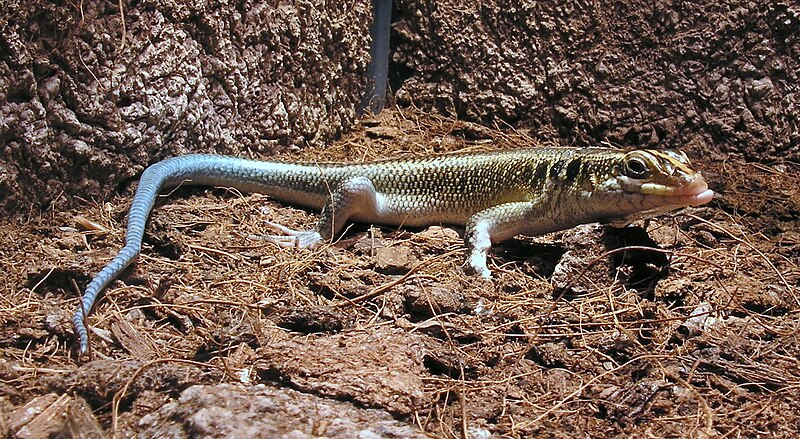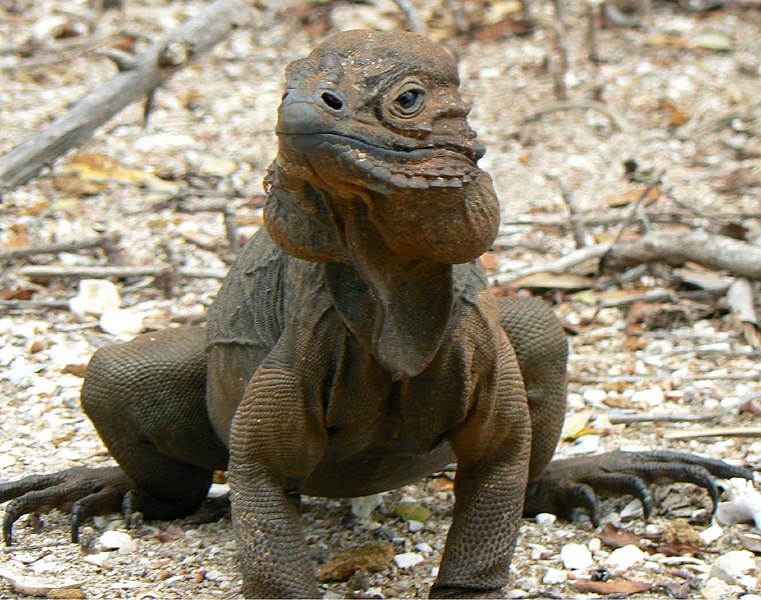 A breeding population of African Five-Lined or Rainbow Skinks, Trachylepis (formerly Mabuya) quinquetaeniata, has been discovered in Port St. Lucia, Florida, bringing the total number of exotic herps known to be established in the USA to 66. The Giant or Green Ameiva, or Jungle-Runner (Ameiva ameiva), known to the state since 1954, seems to be expanding its range.
A breeding population of African Five-Lined or Rainbow Skinks, Trachylepis (formerly Mabuya) quinquetaeniata, has been discovered in Port St. Lucia, Florida, bringing the total number of exotic herps known to be established in the USA to 66. The Giant or Green Ameiva, or Jungle-Runner (Ameiva ameiva), known to the state since 1954, seems to be expanding its range.
Florida’s Newest Exotic
Rainbow Skinks, which are native to a broad belt of Sub-Saharan Africa stretching from Senegal to Kenya, are the newest of Florida’s many exotic animals. Well-known in the US pet trade, the recently discovered population seems limited to a weedy lot near a now-defunct reptile importing business. Past reports of dead and dying skinks found on the importer’s property point towards the all-too-common source of the new arrivals. Read More »
 That Reptile Blog – Reptile, Amphibian and Exotic Pet Care and Information
That Reptile Blog – Reptile, Amphibian and Exotic Pet Care and Information



